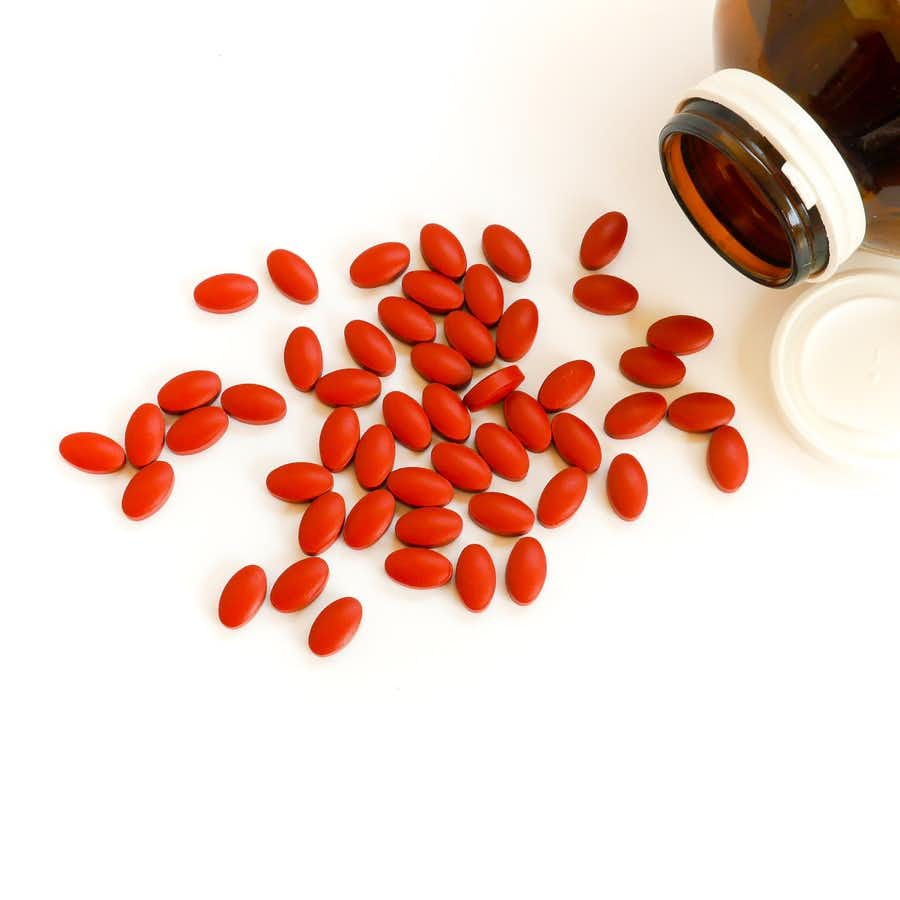
Have you ever looked at your fingernails and wondered why they look the way they do, with ridges or streaks or splits? Often, there is not a specific answer to such a question. There are, however, a few quite important answers as to why someone might develop concave fingernails.
What Causes Concave Fingernails?
Q. Seven of my fingernails have become concave. The nails have always been quite thin. Is there a cure for this? Are there any special foods or vitamins that might help?
A. Doctors frequently refer to concave fingernails by the medical tern “koilonychia” (Kumar et al, The Permanente Journal, Summer 2012). One way to test for this condition is to put a drop or two of water on the affected nail. If the water does not run off immediately, you could indeed have this condition. There is a dramatic photograph of koilonychia in The New England Journal of Medicine (April 29, 2010).
Iron Deficiency May Underly Concave Fingernails:
Spoon-shaped or concave fingernails are commonly due to iron deficiency. This in turn may be caused by excessive bleeding (for example, related to heavy menstrual periods in women or undetected intestinal bleeding from an ulcer or precancerous polyp). Celiac disease damages the small intestine so that it cannot absorb essential minerals such as iron efficiently. In addition, hemochromatosis, another disturbance of iron metabolism, can trigger koilonychia (Fawcett, Linford & Stulberg, American Family Physician, March 15, 2004).
Occasionally, other conditions such as lupus, psoriasis, lichen planus or even nail fungus may also lead to concave fingernails (Walker et al, Journal of the European Academy of Dermatology and Venereology, Nov. 2016). Once in a while, hairdressers who handle harsh chemicals develop koilonychia as a reaction (Alanko et al, American Journal of Contact Dermatitis, Sep. 1997).
What to Do About Spoon-Shaped Fingernails:
In conclusion, you should ask your doctor to test for anemia or other potential causes. Correcting the underlying problem should improve your nails.
Ultimately, if you are deficient in iron, you will probably need an iron supplement. Of course, you should also include good sources of iron in your diet. Foods high in this mineral include clams, mussels, oysters, sardines, liver, red meat, beans, lentils, tofu, peas, beet greens and spinach, among others.

